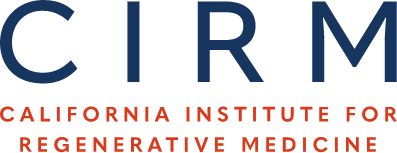Hematopoietic Stem/Progenitor Cell-Based Chimeric Antigen Receptor Gene Therapy for HIV Infection
Translational Candidate A blood forming stem cell based therapy to treat HIV infection and enhance HIV immunity. Area of Impact We are seeking to develop a therapy to treat HIV…



